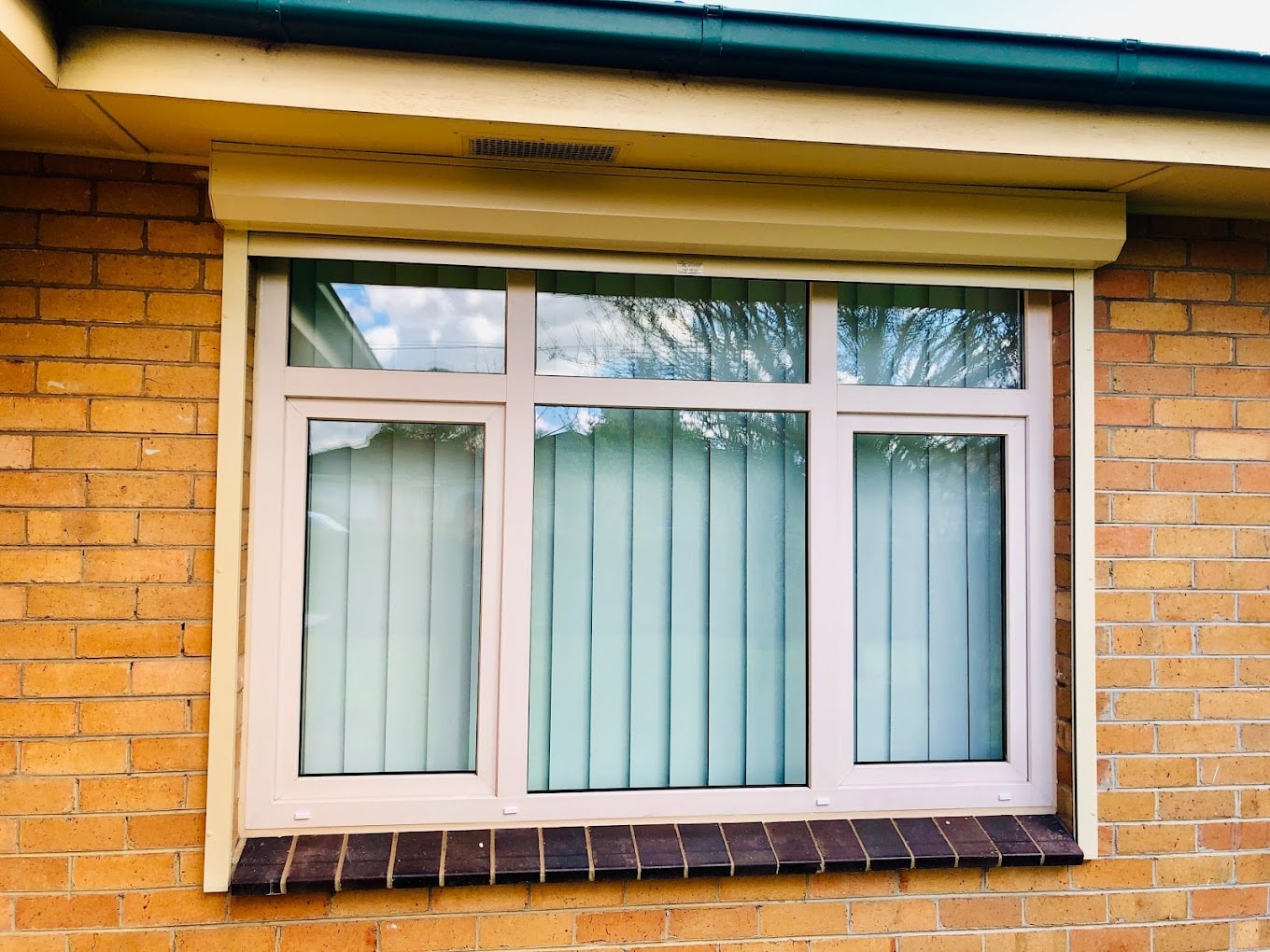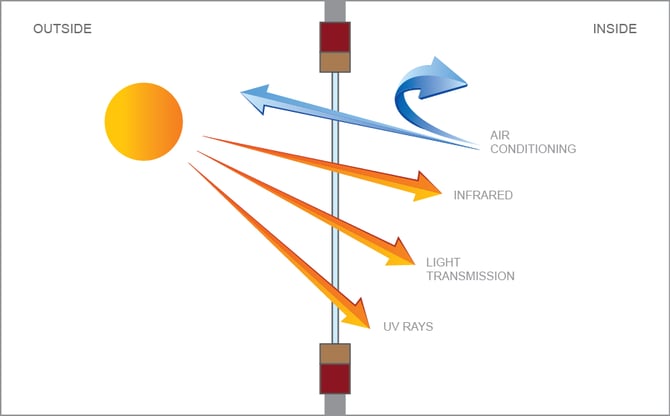All Categories
Featured
Table of Contents
Glass & Glazing - Easy Windows Upvc Double & Triple ... in Innaloo Perth
That window can transmit more solar heat in winter season than in summer. A west-facing window on a summer season's afternoon has an angle of occurrence from near 0 up to 30 with a big efficient area of solar radiation. A north-facing window, in summertime, has a high angle of occurrence and a low effective area of solar radiation, so can send less heat than a west-facing one.

However you can quickly and quickly enhance the thermal performance of your home by changing your windows. This is among the most efficient approaches of restoration to achieve enhanced thermal convenience. There are countless types of glass and frames to pick from. Picking the best ones is essential to improving the energy efficiency of your home.
Is Double Glazing Worth It? in Wanneroo Western Australia
Single glazing with clear glass is not extremely effective when it comes to heat loss or gain. To enhance efficiency, you can utilize single glazing with a more energy-efficient type of glass such as low emissivity (low-e) glass.
The energy performance of IGUs likewise depends on: the homes of each layer of glass. Various glass types (for example, clear and low-e glass) can be put together in an IGU.
Which Double Glazed Windows Are Best For Summer? in Winthrop Perth

IGU cavities can be filled with air or a more inert, low-conductivity gas such as argon the width of the cavity. Wider cavities provide lower (better) U values, with 12mm normally accepted as the favored space how well the cavity is sealed.
If argon is installed to the cavity in location of air, moisture is dependably omitted the level of desiccant (drying agent). The spacer (metal or polymer strip) that separates the glass layers contains a desiccant to take in any wetness. Inadequate desiccant may trigger moisture to condense on the glass surface area in cold conditions, decreasing thermal performance.
Why Install Stunning Double Glazing Windows During Summer? in Darlington Western Australia
In truth, IGUs can deliver better energy performance for all environments, especially in heated and air-conditioned homes. Cross-section information of single, double and triple-glazing systems Low emissivity glass (commonly known as low-e glass) reduces heat transfer. Low-e glass might be either high or low transmission: High transmission low-e glass has a finishing that permits daytime from the sun to pass into your house to accomplish good solar heat gain, but reduces the quantity of the long wavelength infrared heat that can leave back through the window.
Low-e glass has either a pyrolytic finish or a vacuum-deposited thin movie metal coating. Pyrolytic finishings are resilient and can be used for any glazing; vacuum-deposited coatings are soft and are only utilized within IGUs. Low-e finishings can significantly enhance both U value and SHGC; nevertheless, they must be utilized correctly or they will either weaken or fail to carry out as required.
Glass & Glazing - Easy Windows Upvc Double & Triple ... in Safety Bay Western Australia
Low-e finishings can be used in combination with clear, toned or reflective glass. Low-e coatings on glazing can lower heat transfer where required Picture: Department of Industry, Science, Energy and Resources Toned glass has actually colouring ingredients included during manufacture. It is available in numerous colours, generally bronze, grey, blue and green.
Latest Posts
Window Glazing For Households - Energy in Millendon Western Australia
Best Double Glazing Brighton Archives in East Victoria Park Perth
Double Glazed Windows Sydney in Duncraig WA